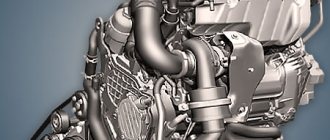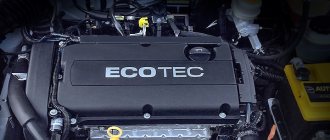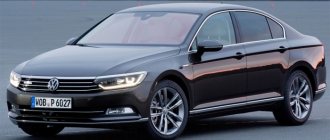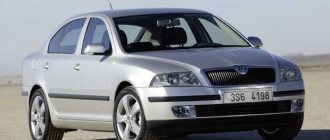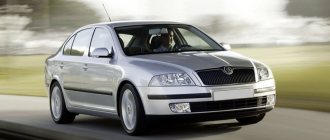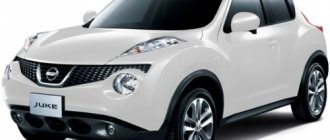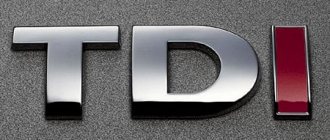Four cylinders, volume up to two liters and turbocharging combined with direct injection. This is what the basic design of a modern gasoline engine with very good dynamics and low fuel consumption looked like in the last decade. Turbocharging made it possible to compensate for the missing liters of working volume, and direct injection ensured efficiency.
Volkswagen began to widely apply this solution already in the first half of the last decade. Its direct competitor, Ford, was postponing a widespread transition to turbocharging. He still relied on time-tested solutions - Sigma and Duratek. As for the five-cylinder turbo engine with a capacity of 2.5 liters borrowed from Volvo, it did not fit into the above-mentioned concept in terms of the number of cylinders, volume and fuel injection (distributed).
For 2010, Ford offered new 1.6- and 2.0-liter turbocharged four-cylinder engines, commercially named EcoBoost. Since 2012, this series has been replenished with a small three-cylinder unit with a capacity of 1 liter.

